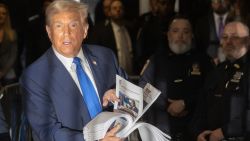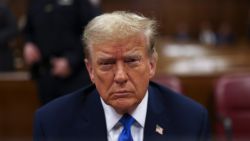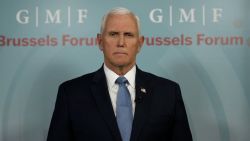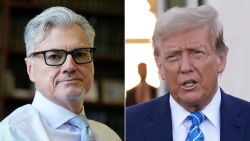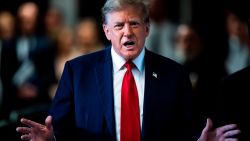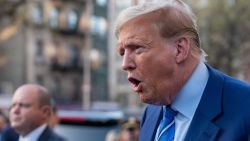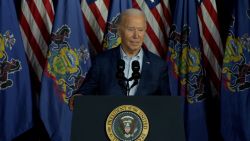Desperate for money to finance a struggling presidential campaign, then-President Donald Trump’s 2020 team reportedly turned to fundraising tactics that duped donors into giving far more money than they intended or believed they were.
That’s according to a blockbuster report in The New York Times over the weekend that describes the scheme this way:
“Facing a cash crunch and getting badly outspent by the Democrats, the campaign had begun last September to set up recurring donations by default for online donors, for every week until the election.
“Contributors had to wade through a fine-print disclaimer and manually uncheck a box to opt out.
“As the election neared, the Trump team made that disclaimer increasingly opaque, an investigation by The New York Times showed. It introduced a second prechecked box, known internally as a ‘money bomb,’ that doubled a person’s contribution. Eventually its solicitations featured lines of text in bold and capital letters that overwhelmed the opt-out language.”
That Trump’s campaign was willing to apparently trick their own supporters out of money is the sort of grift that should shock you. But it should not surprise you.
Why not? Because the entirety of Trump’s campaign and presidency have had elements of just this sort of con game - separating people from their money to benefit the 45th president either directly or indirectly.
Consider:
* In March 2016, as Trump was bashing his way to the Republican nomination, he held a press conference at his Trump National property in Jupiter, Florida in which Trump steaks, Trump bottled water and Trump wine were not only on display around the room, but referenced by Trump in the course of his remarks. “We sell water and we have water, and it’s a very successful water company,” he told reporters. “We have Trump steaks.”
* In 2019, the White House announced that the G7 summit would be held at the Trump’s Doral property in Florida – only to reverse course after a massive uproar about the President (and his properties) benefiting from an international summit. “I thought I was doing something very good for our Country by using Trump National Doral, in Miami, for hosting the G-7 Leaders,” Trump tweeted.
* As The Washington Post’s Philip Bump noted, Trump visited a Trump property on 428 days of his presidency, once every three days or so during his time in the White House.
* The first cut of the millions that Trump raised – ostensibly to fund his legal fight after the 2020 election – went to his Save America PAC, a fine print inclusion that many (many!) people did not realize when donating.
So, this latest report of Trump’s campaign duping its own donors is a feature of who he is, not a glitch. Trump – and his brood, which he keeps close to him – always have an eye on how to separate people from their money. Nothing changed when he got elected President. Not one thing. One example: According to CREW, a government watchdog, Ivanka Trump and her husband Jared Kushner “reported between $172 million and $640 million in outside income while working in the White House.”
It’s also worth noting here that we know – thanks to New York Times reporting on Trump’s tax returns – that the former President faces a three-fold financial crisis: 1) He has more than $400 million in personally guaranteed loans coming due in the next four years and 2) His prime source of revenue – his personal brand – took a major hit in many sectors during his presidency and 3) The Trump organization made 40% less in revenue in 2020 than it did in 2019.
This is a man in desperate need of new sources of revenue – and fast. And someone who has repeatedly demonstrated that he is more than willing to trick even his most loyal supporters – and biggest admirers – out of their money.
In short: Stay tuned. This isn’t the first seeming grift Trump has pulled. And it certainly won’t be the last.




